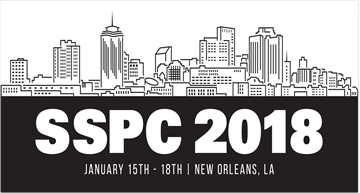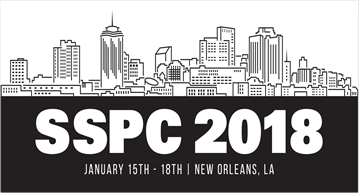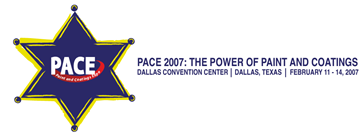Search
SSPC Conference Papers
Legacy SSPC Conference Papers
View as
Sort by
Display
per page
Updating ASTM D7091 Standard Practice for Coating Thickness Measurement
Product Number:
51218-088-SG
Publication Date:
2018
$20.00
Use of accelerated weathering testing to reduce risk for new topcoat standards and specifications
Product Number:
51218-168-SG
Publication Date:
2018
$20.00
Use of Atlas Test Cells to Assess the Performance of Coatings with Varied Permeance over Concrete Masonry Units (CMU)
Product Number:
41212-695-SG
Publication Date:
2012
$20.00
Use of Paint 44/Guide 22, Standards, Training and Certification in the Wastewater Industry
Product Number:
51217-058-SG
Publication Date:
2017
$20.00
Use of Pre-Construction Primers in Marine Construction
Product Number:
41215-876-SG
Publication Date:
2015
$20.00
Use of Waterjetting in Conservation of Historic Structures
Product Number:
41205-205-SG
Publication Date:
2005
$20.00
USING A CLIMATE CONTROLLED APPLICATION CHAMBER TO UNDERSTAND COATING DYNAMICS
Product Number:
51218-101-SG
Publication Date:
2018
$20.00
Using Climate Control at the Job Site; It’s Just Good Business
Product Number:
41207-311-SG
Publication Date:
2007
$20.00
Using Dehumidification to Dry a Concrete Slab Prior to Coating
Product Number:
41206-222-SG
Publication Date:
2006
$20.00
Using Electrochemical Impedance Spectroscopy to Evaluate Corrosion Behavior of Painted Galvanized Steel in Atmospheric and Soil Exposure
Product Number:
41206-295-SG
Publication Date:
2006
$20.00
Using Forensic Science to Determine Causes of Failures of Polymeric Coatings
Product Number:
41215-875-SG
Publication Date:
2015
$20.00
Using Lead Abatement Contractors for Surface Preparation on Commercial Properties - The Consequences of Sacrificing Quality for Safety
Product Number:
51216-012-SG
Publication Date:
2016
$20.00












